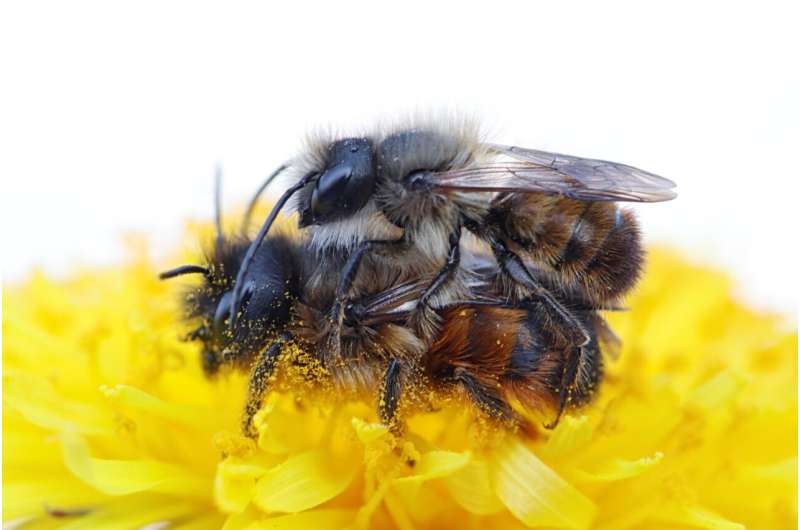A significant breakthrough in the understanding of sex determination has emerged from research conducted at Uppsala University. Scientists have identified a gene that plays a crucial role in determining the sex of bees and ants, shedding light on the evolutionary mechanisms that govern this process.
Most species on Earth exist as two biological sexes, and the genetic exchange between males and females is essential for survival. In humans, the presence of the XY chromosome pair results in male development, while the XX pair leads to female characteristics. This genetic mechanism is comparatively straightforward. However, in many insect species, such as bees, wasps, and ants, sex determination operates through a more complex system known as haplodiploidy, found in approximately 12% of animal species.
In haplodiploidy, fertilized eggs develop into females with two sets of chromosomes, while unfertilized eggs give rise to males with a single set. Researchers first identified the gene csd in honeybees over two decades ago. This gene determines sex by allowing individuals with two different versions of the gene to develop as females, while those with a single version become males. The question remained, however, whether this genetic mechanism was consistent across the estimated 20,000 species of bees.
To investigate this, Matthew Webster and his research team at Uppsala University sequenced the genome of the red mason bee, known scientifically as Osmia bicornis. This common species, often found in urban gardens across Europe, served as an ideal subject for the study. By examining numerous nests, the team identified unusually large males—individuals with two identical copies of the sex-determining gene.
The research published on November 10, 2025, in the journal PLoS Biology, revealed that the identified gene, ANTS, is also responsible for sex determination in a specific species of ant. ANTS is classified as a long non-coding RNA gene, which does not convert into protein. Instead, it functions as a regulatory switch, activating the developmental pathway toward male or female characteristics based on the number of gene copies present.
The discovery suggests that ANTS has maintained its role as a sex-determining gene for over 150 million years. Webster expressed surprise, noting, “This is really surprising because it means ANTS could be the main sex-determining gene used by more than 150,000 species of bees, wasps, and ants. We still don’t understand how variation in this gene generates the signal triggering male or female development.”
Understanding the genetic foundations of sex determination is crucial for comprehending how these systems evolved in bees and ants. This knowledge may also provide insights into the role of genetic diversity in maintaining healthy populations, with potential implications for bee conservation and breeding programs.
The findings from this study not only enhance our understanding of insect biology but also contribute to discussions on biodiversity and ecosystem health, particularly regarding the vital role of pollinators such as bees.
For further details, refer to the original research led by Tilman Rönneburg et al., titled “Genetic mapping in the red mason bee implicates ANTSR as an ancient sex-determining locus in bees and ants,” published in PLoS Biology.
